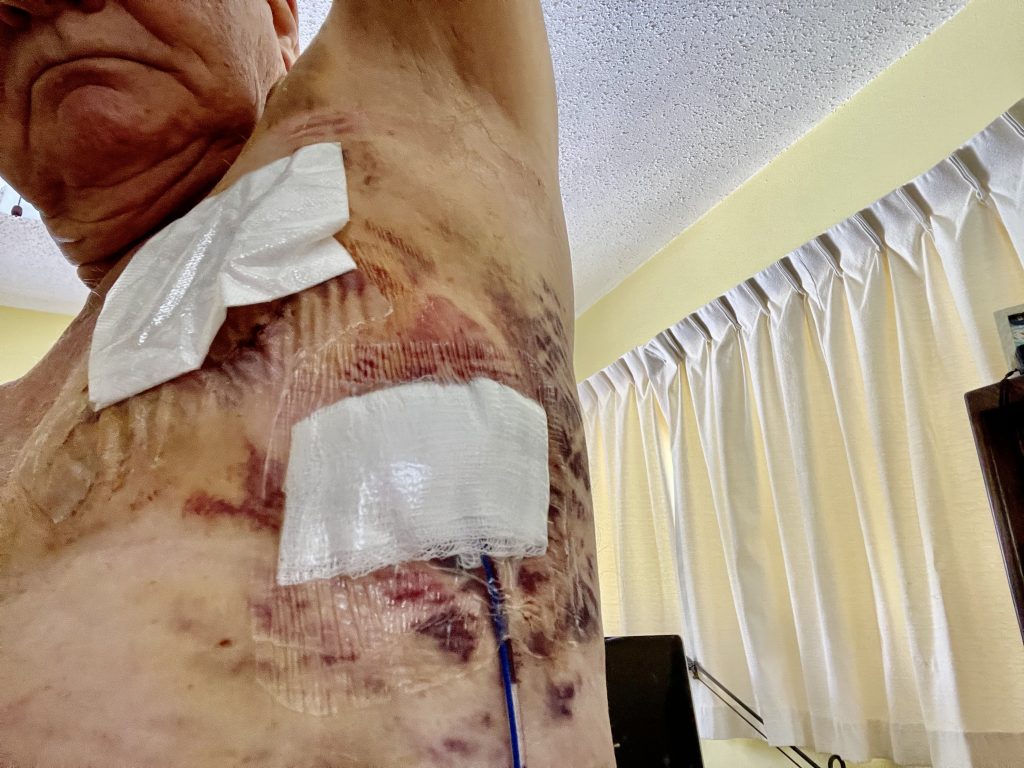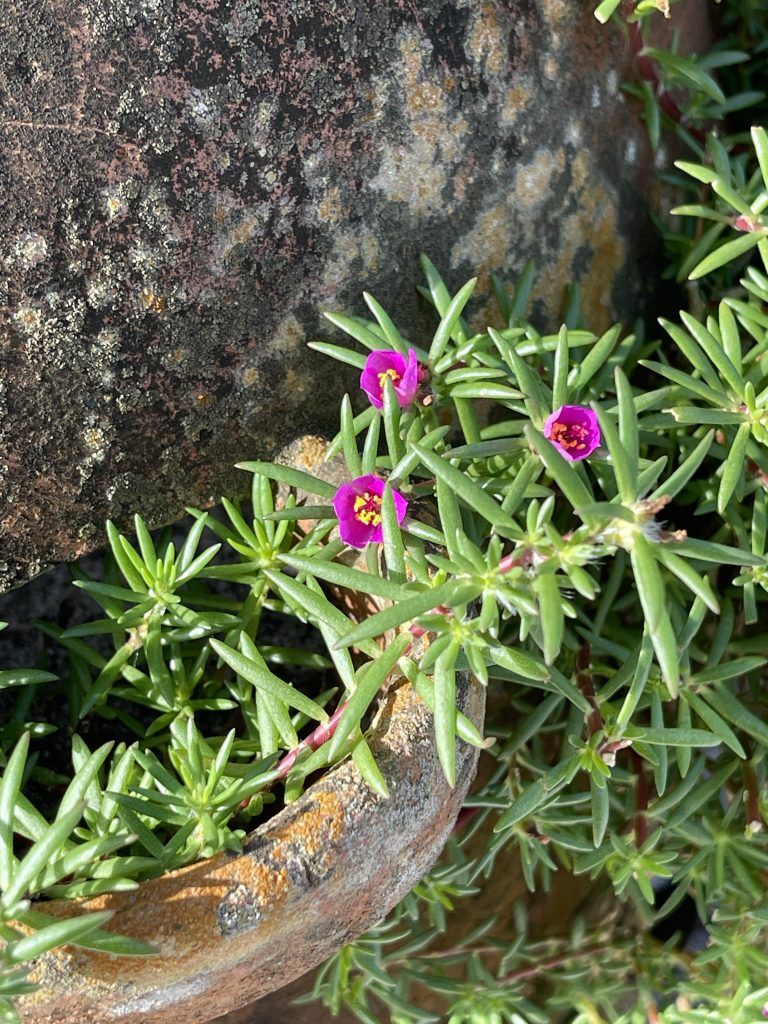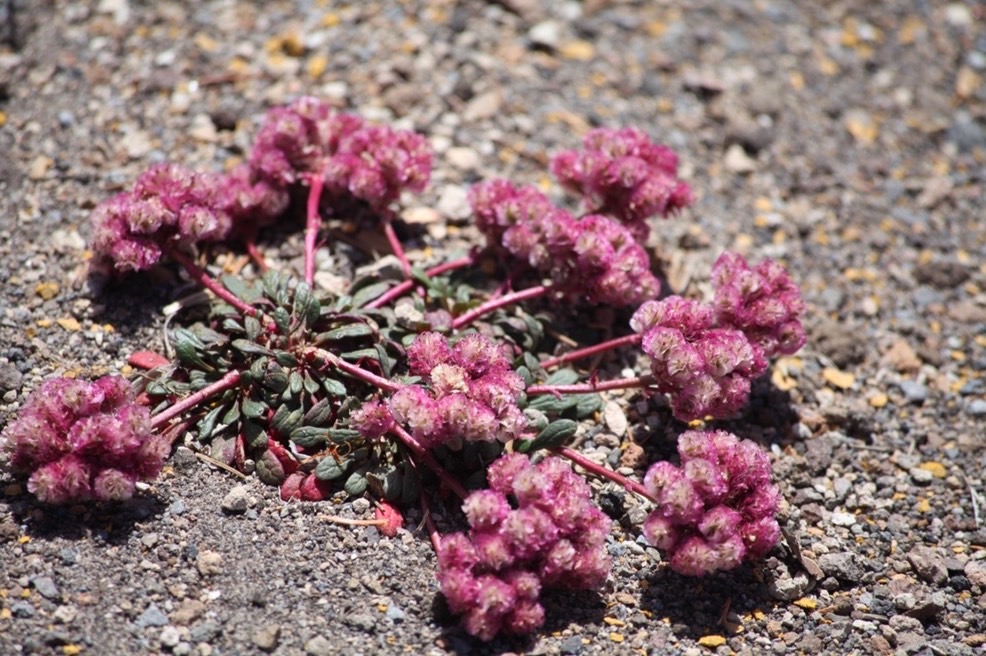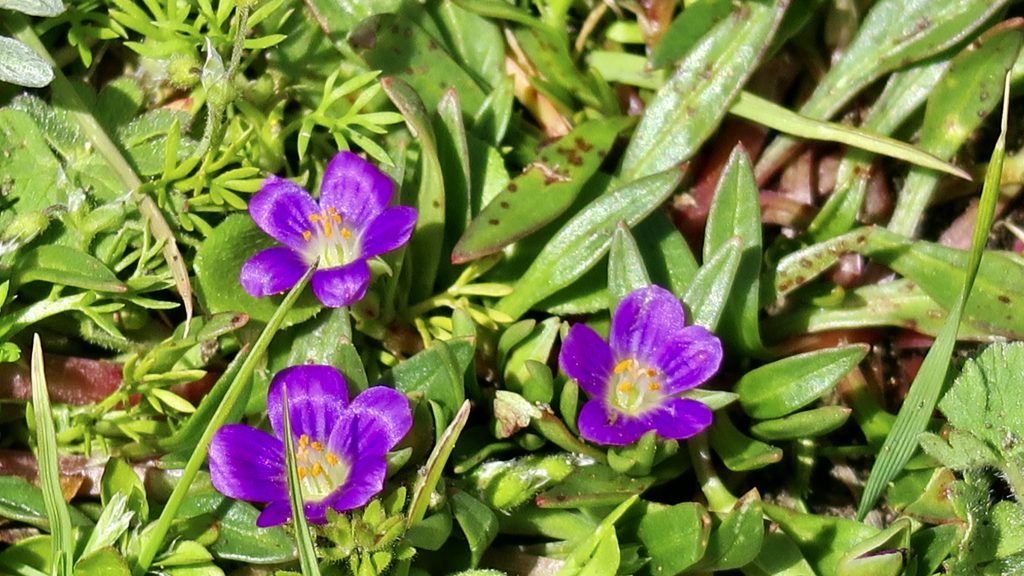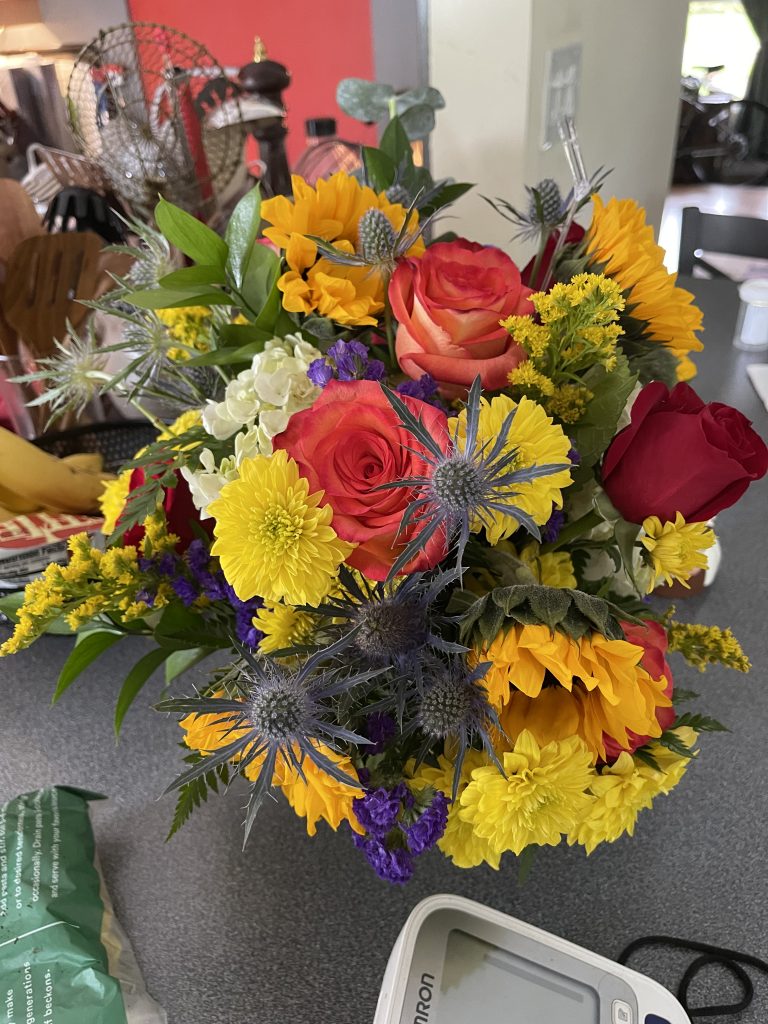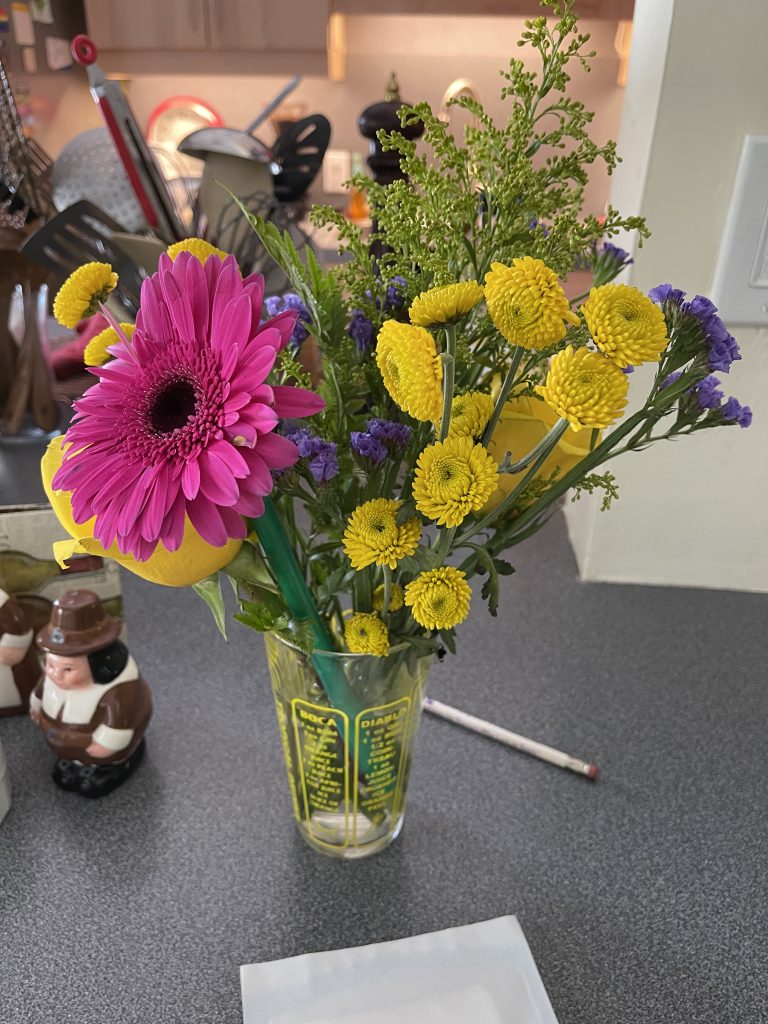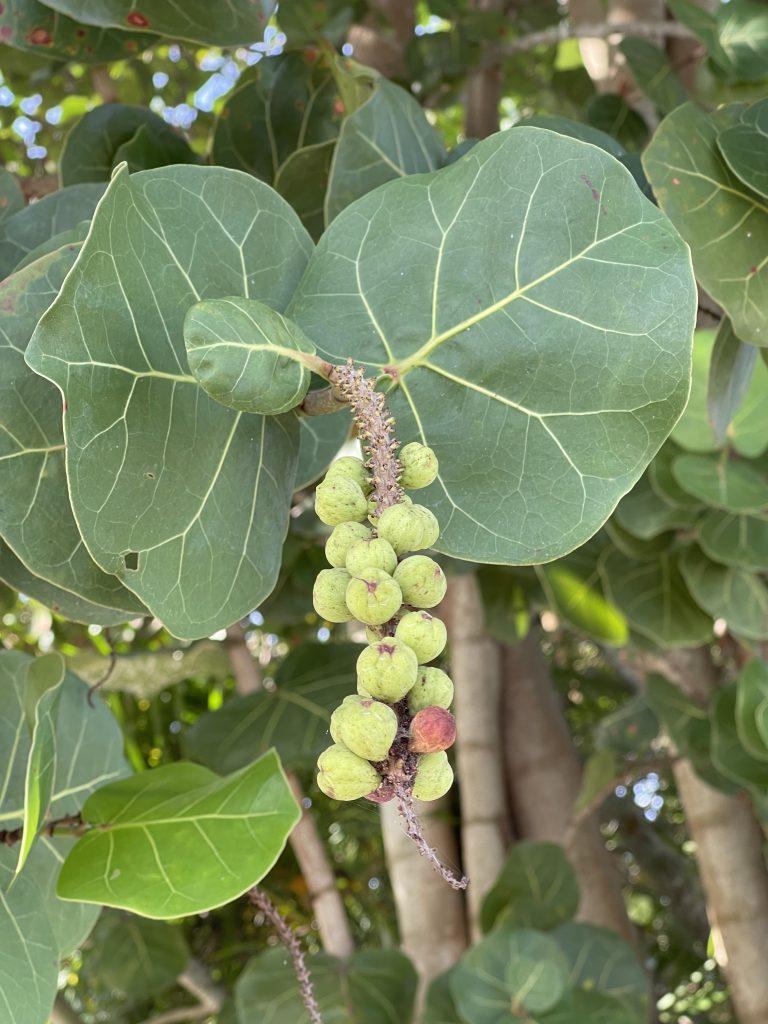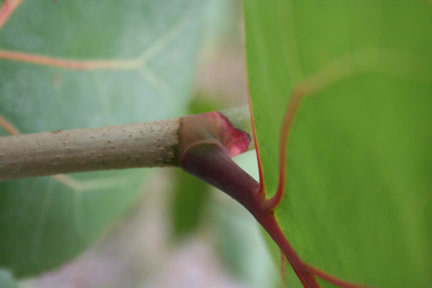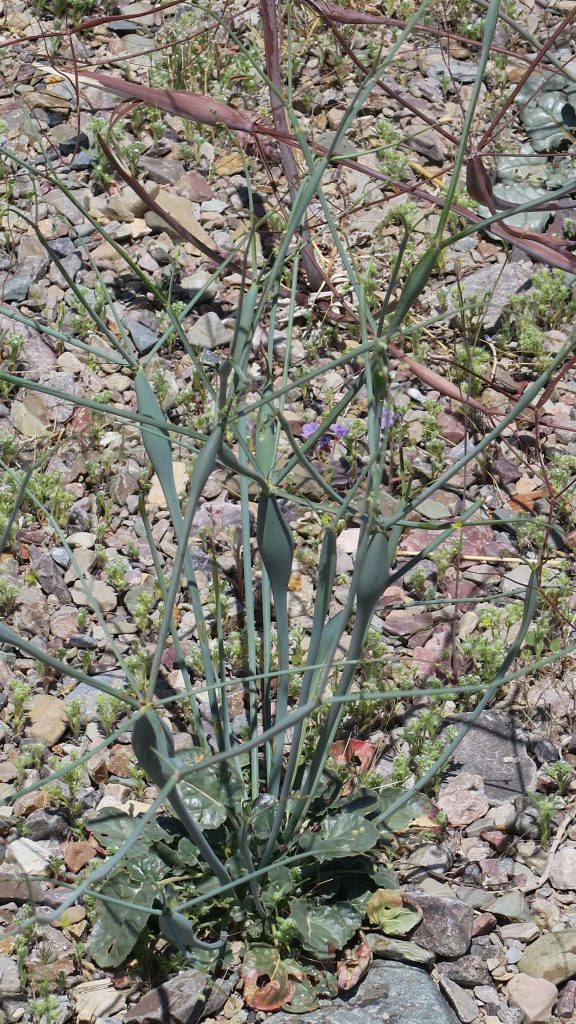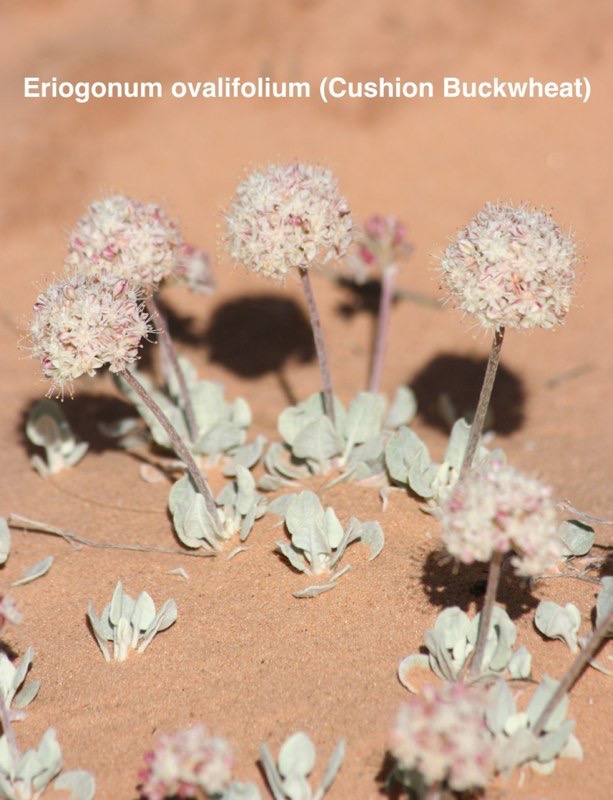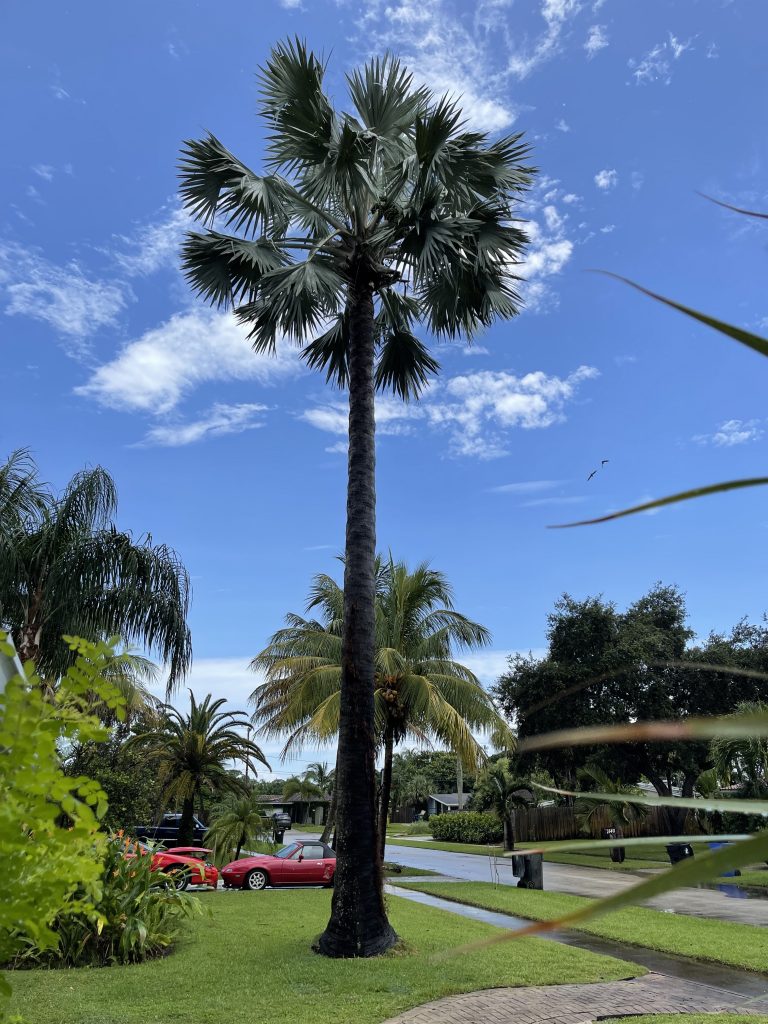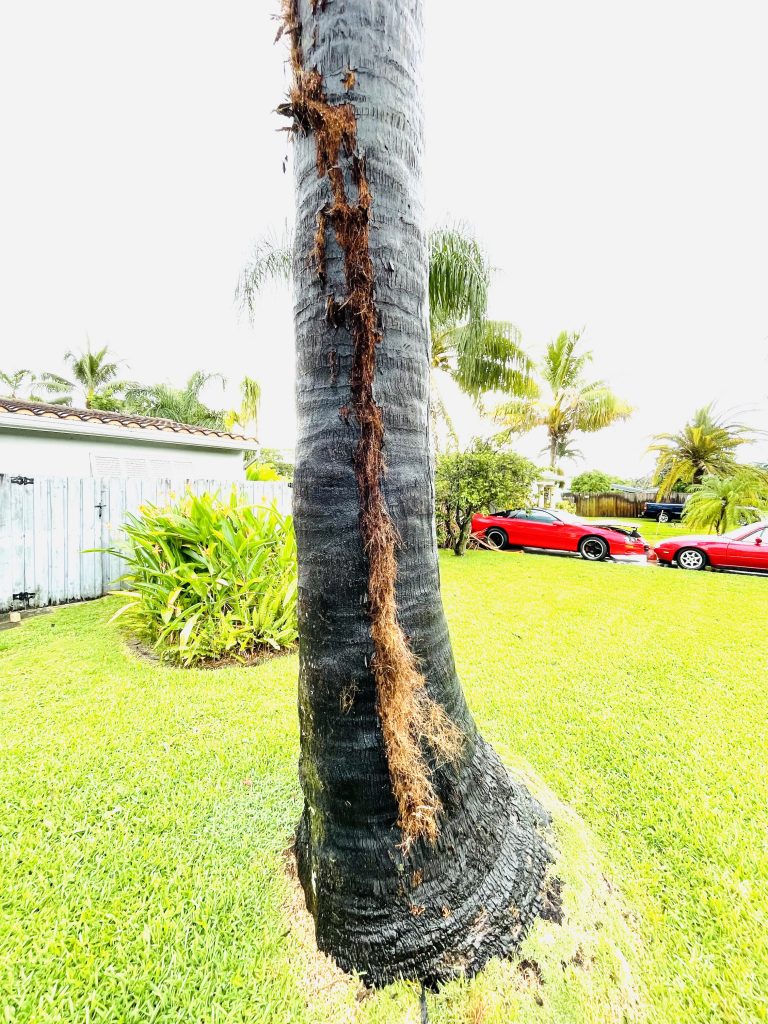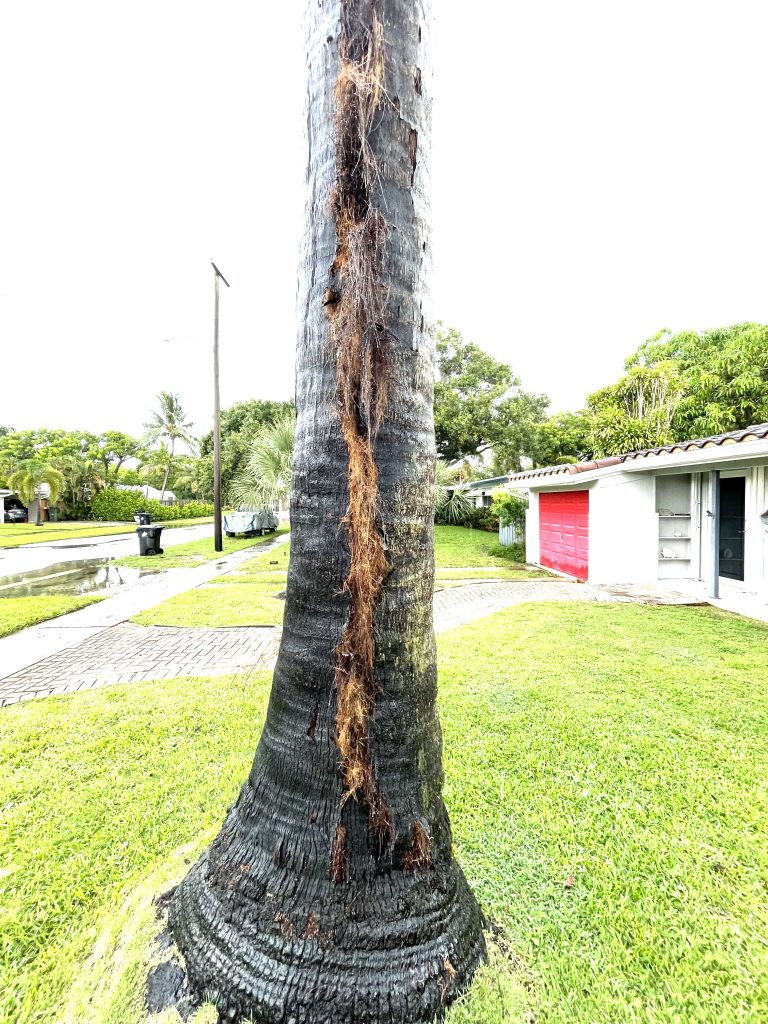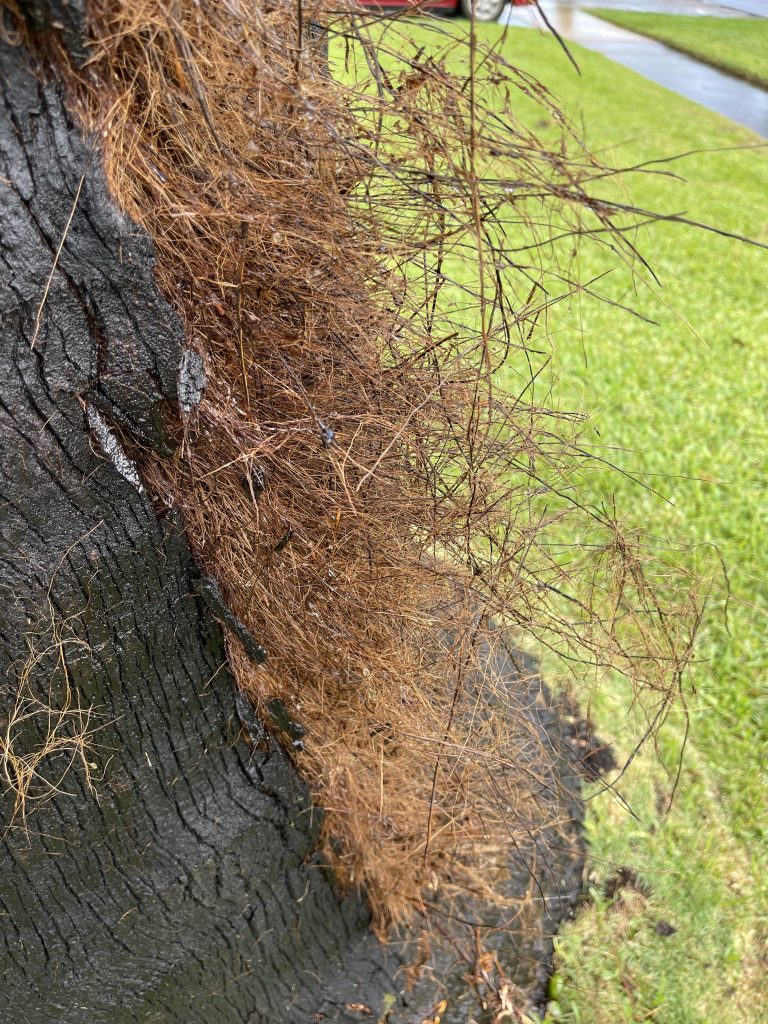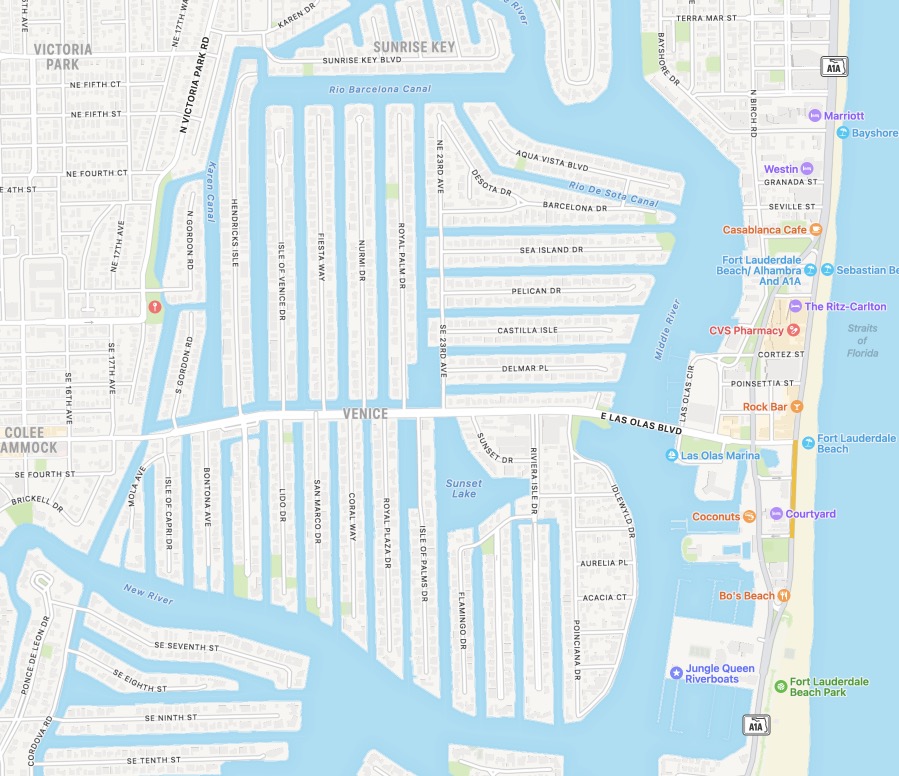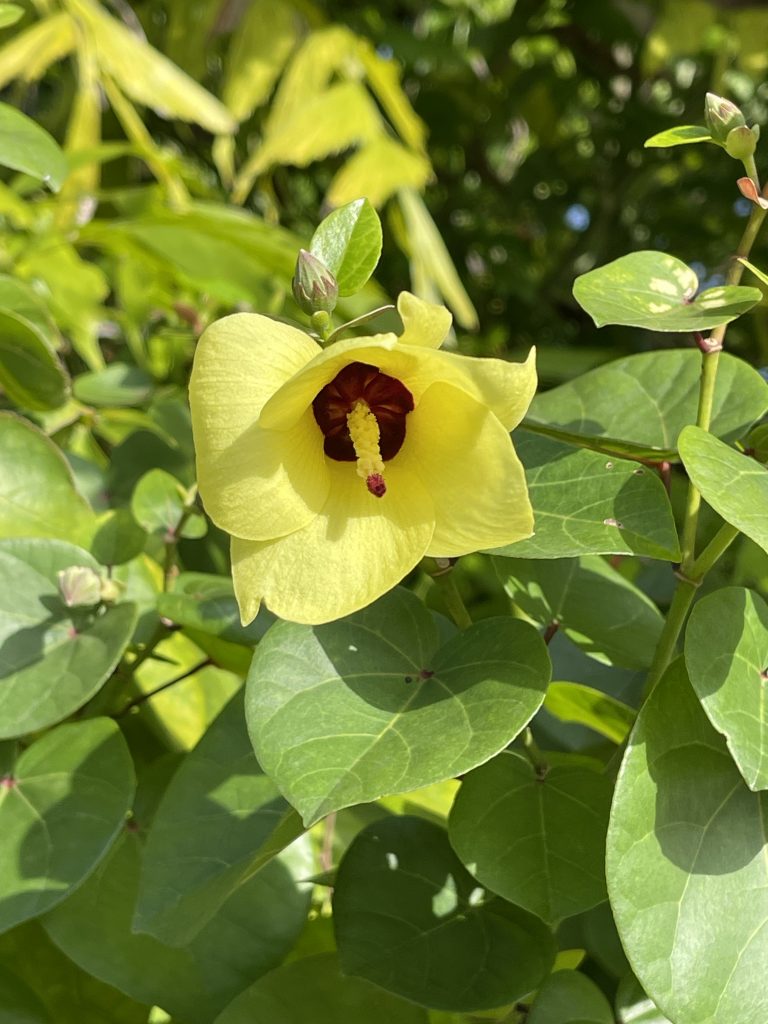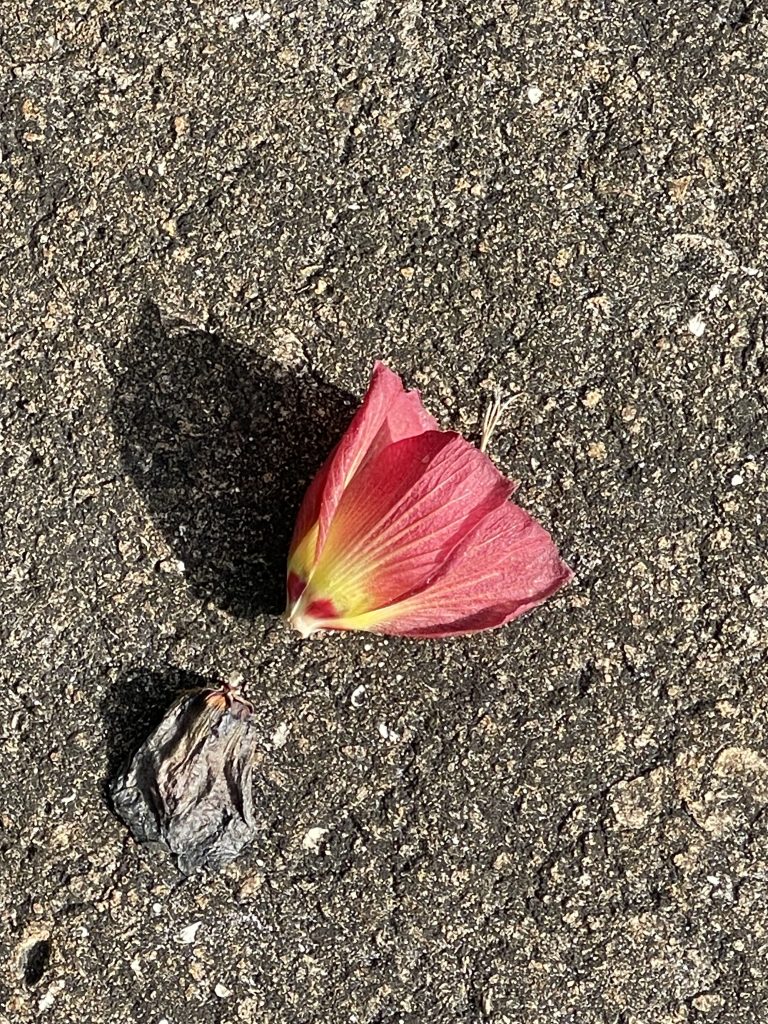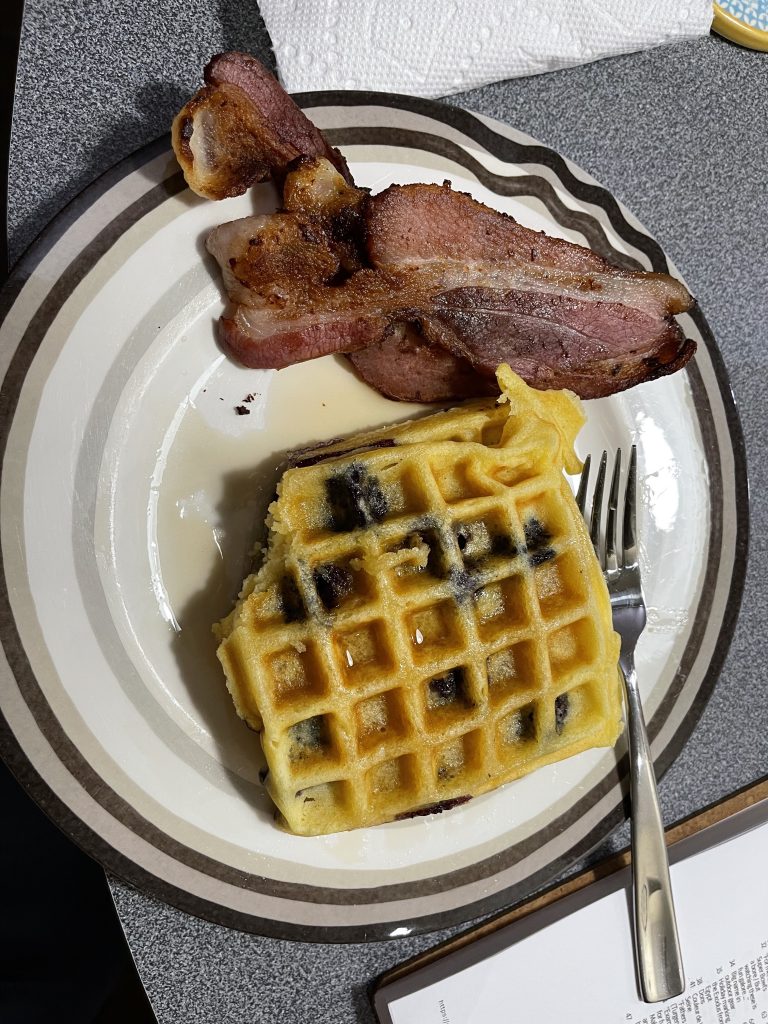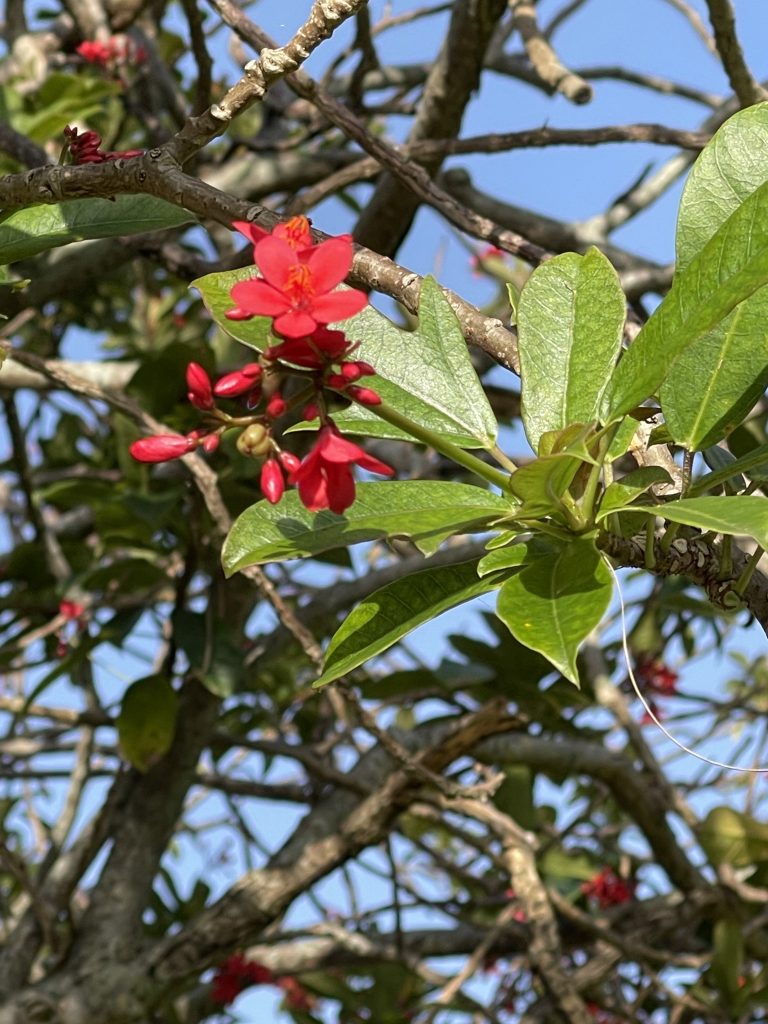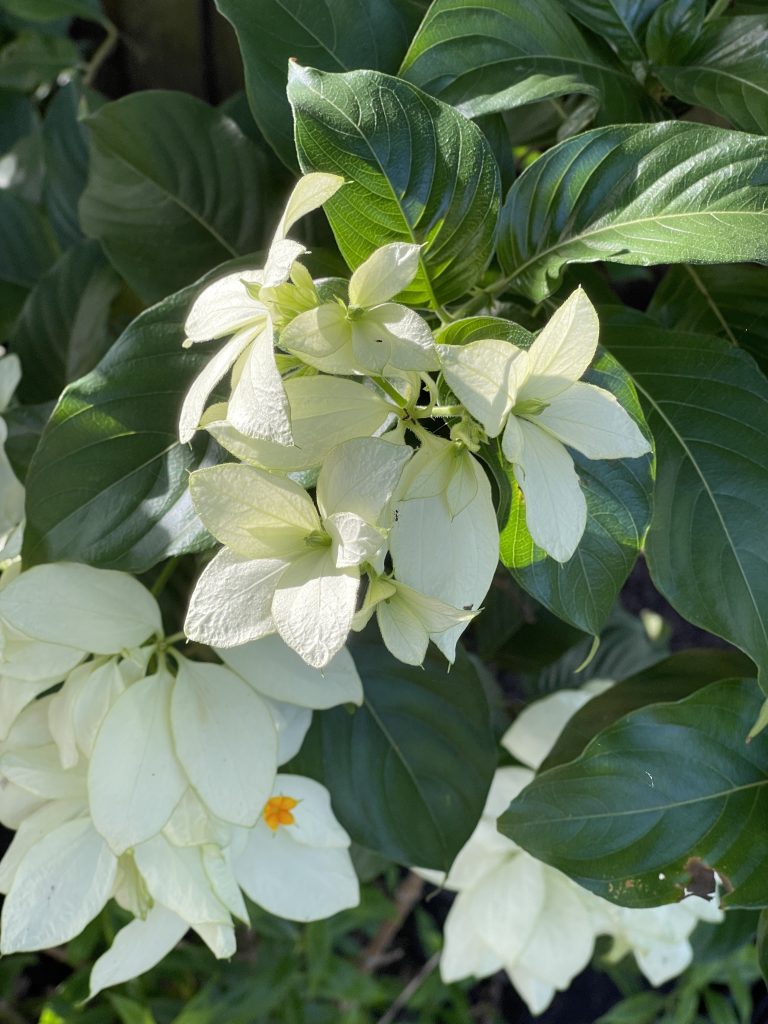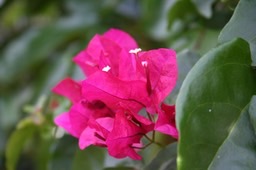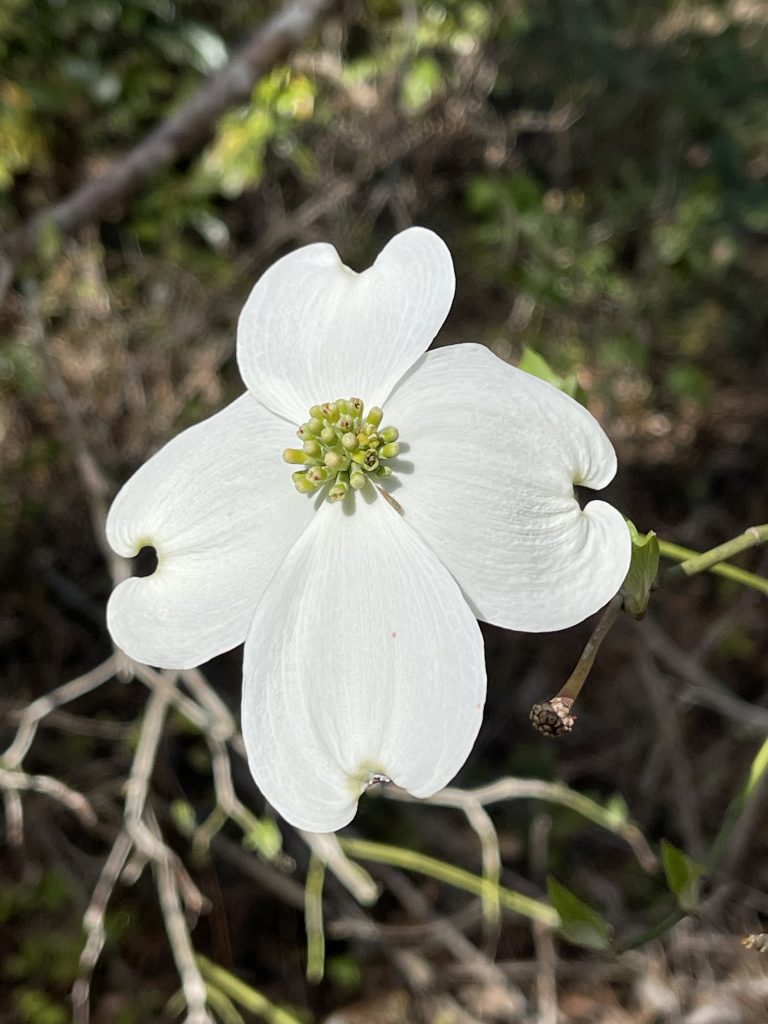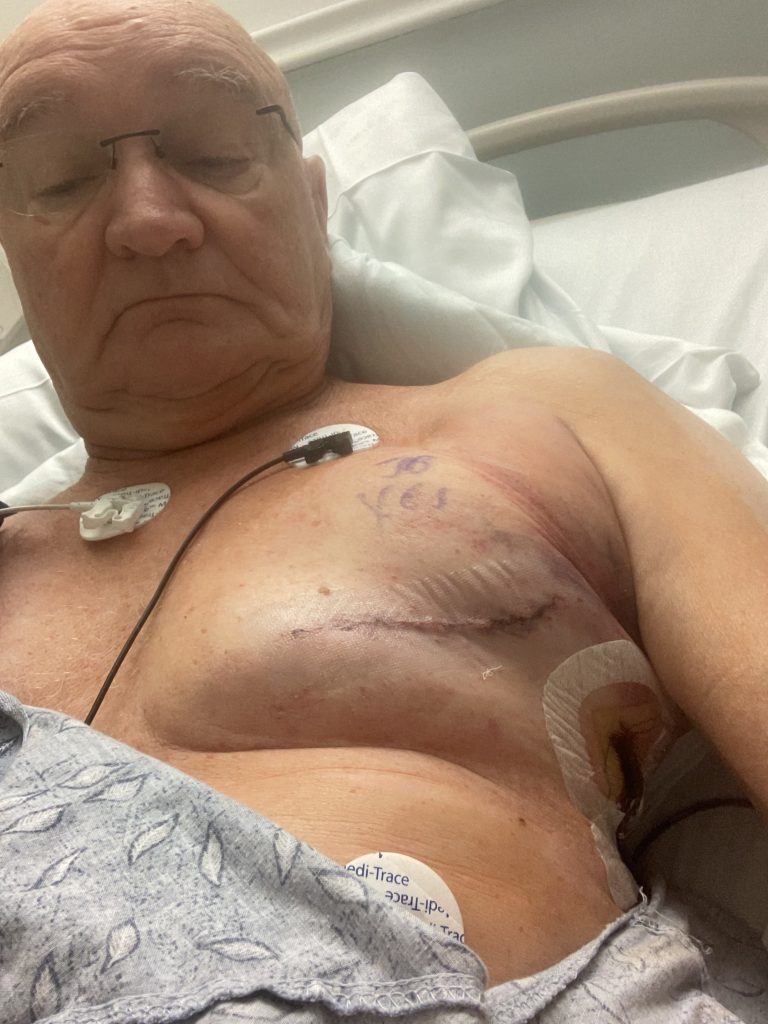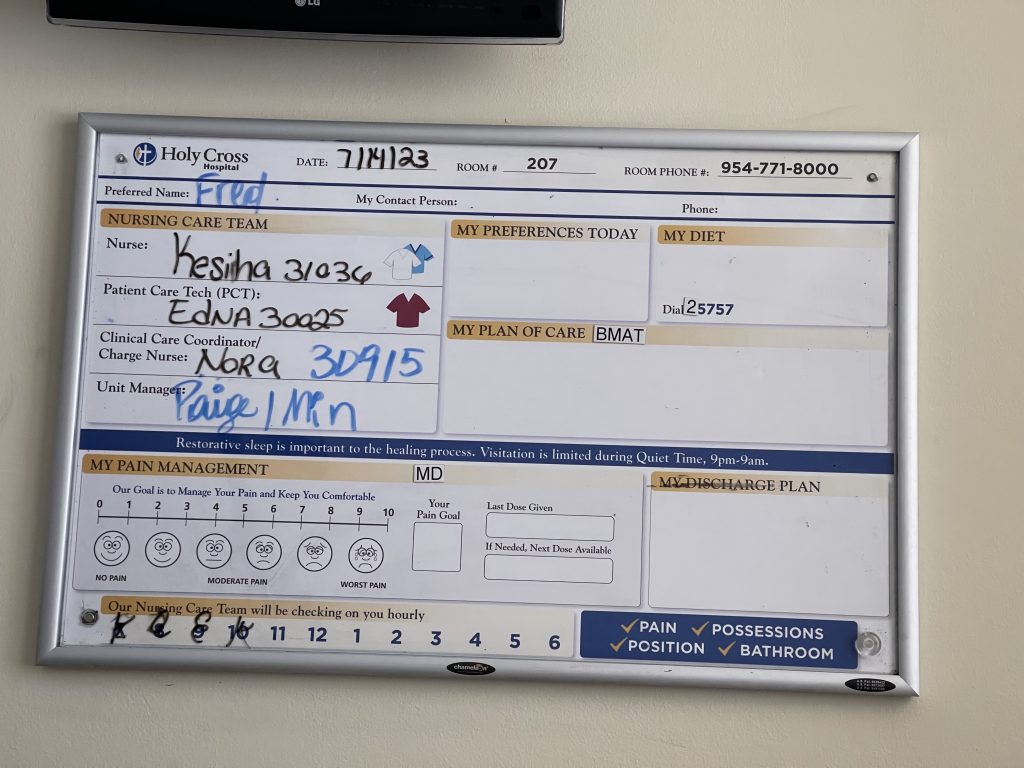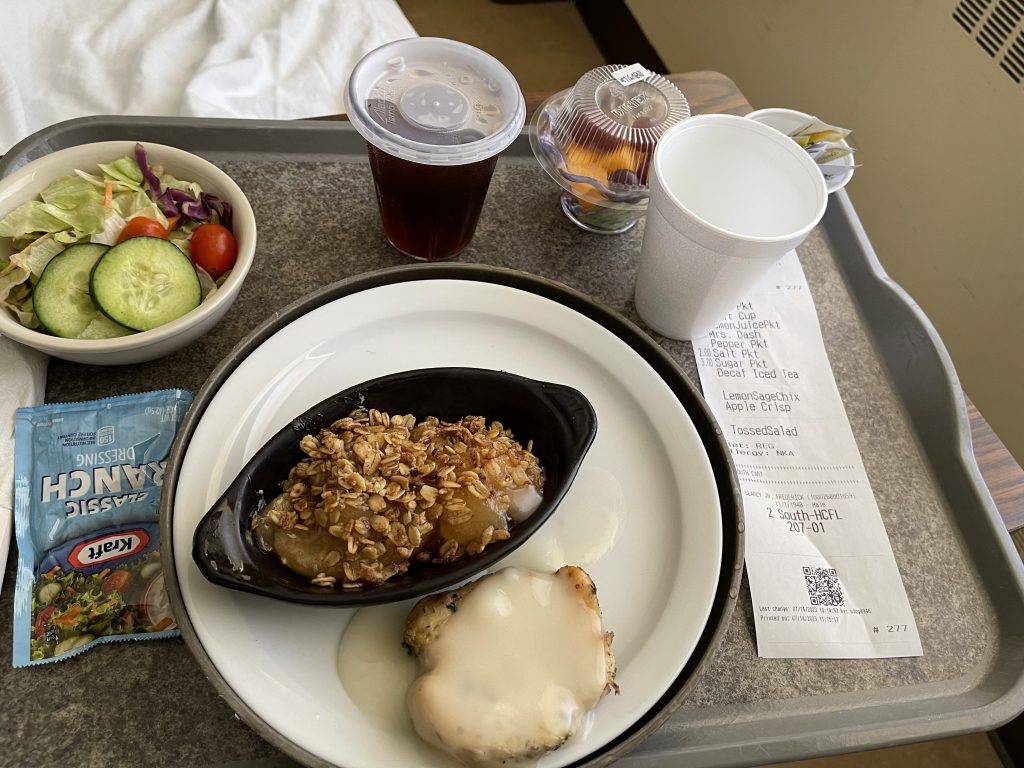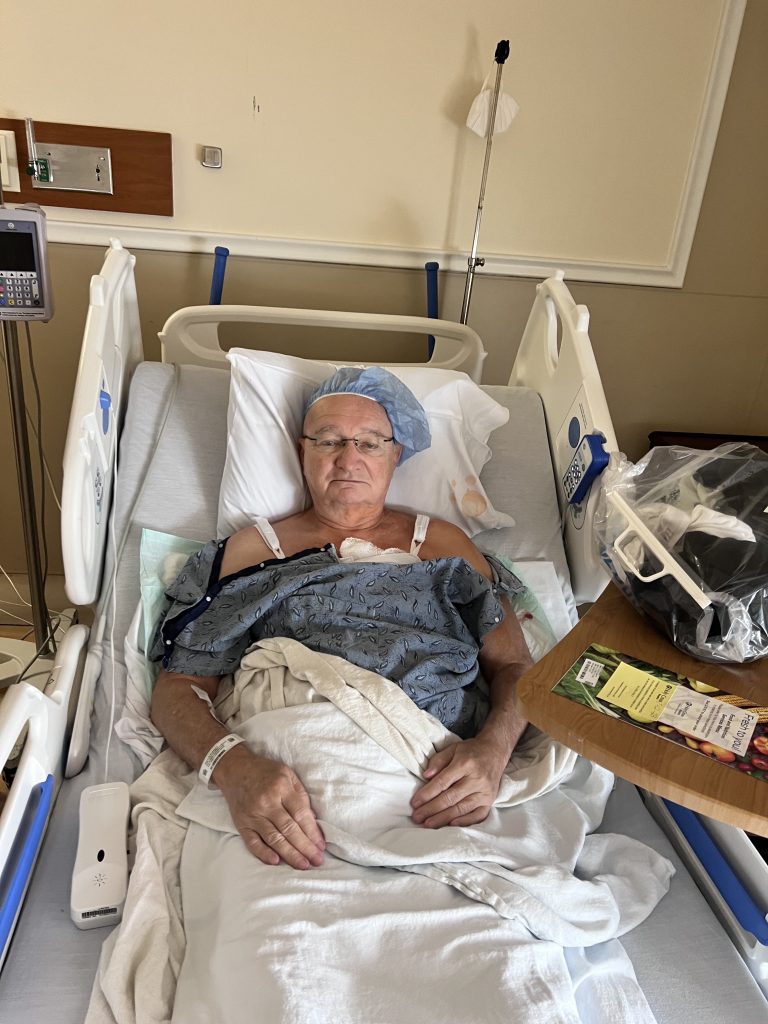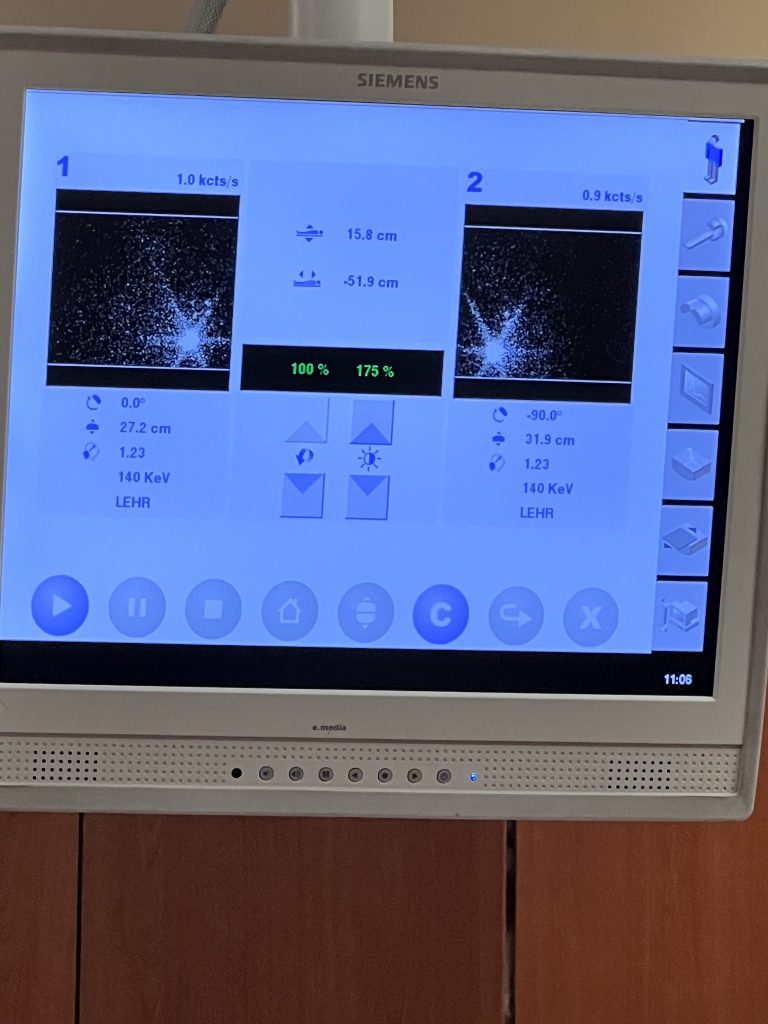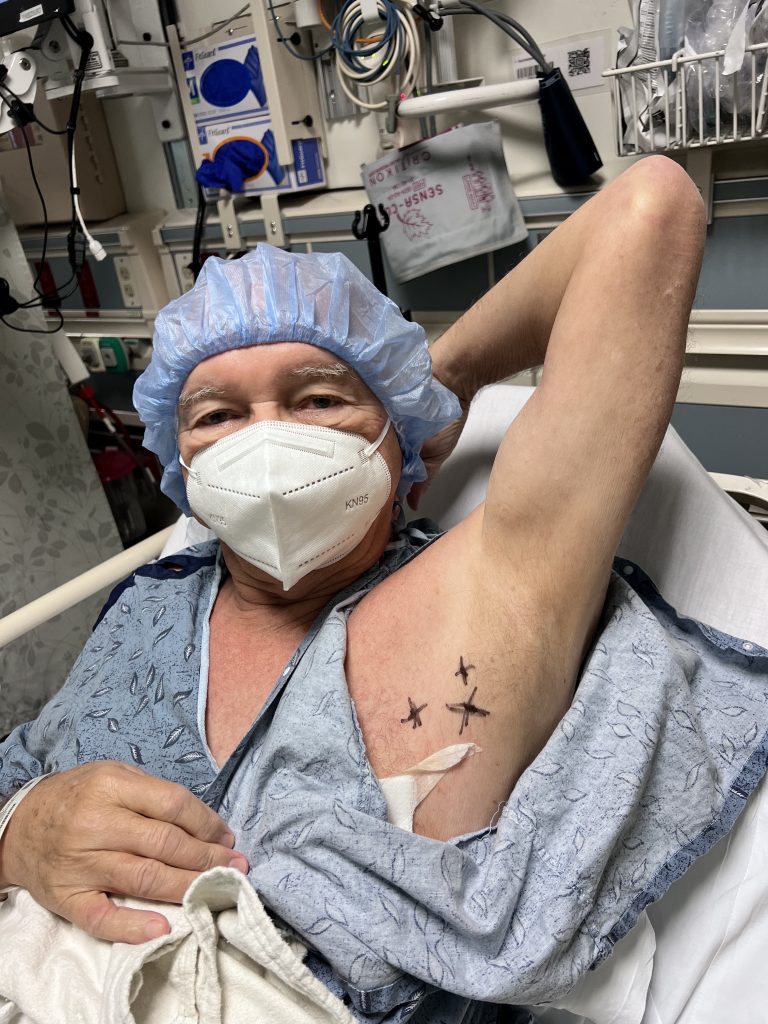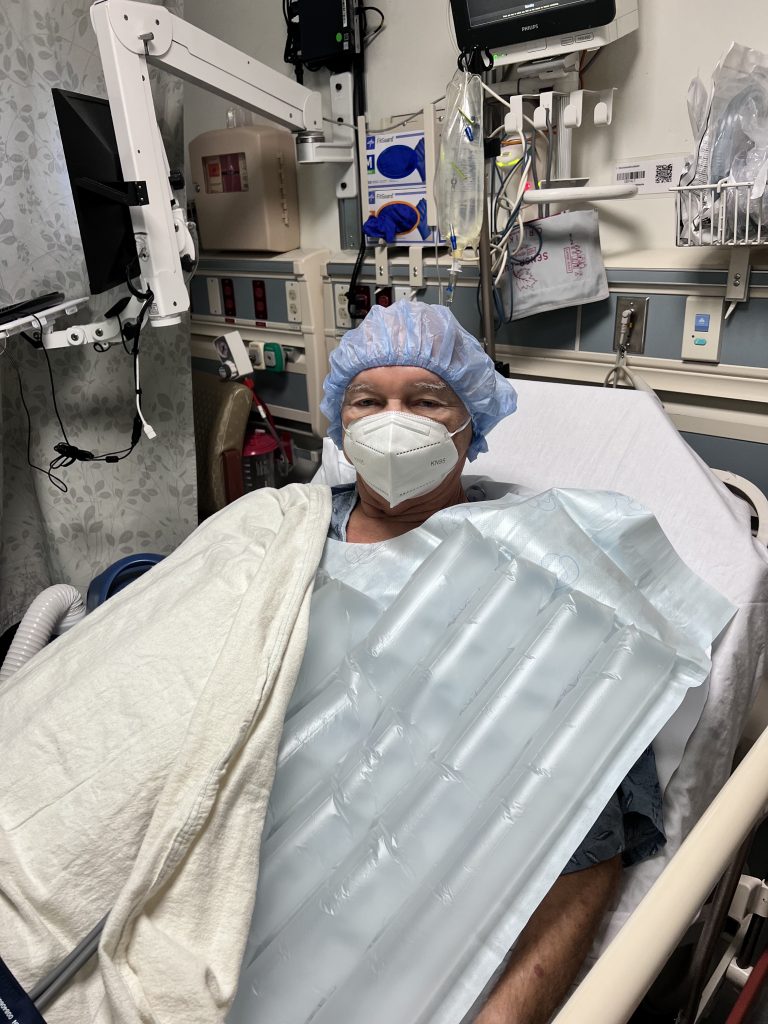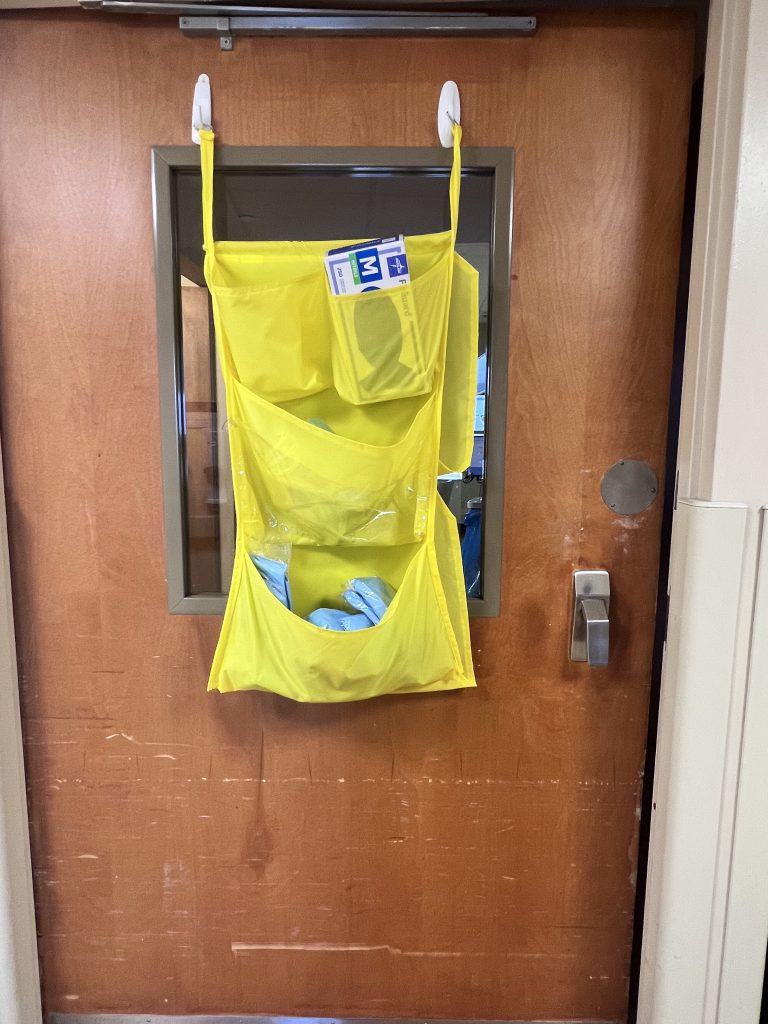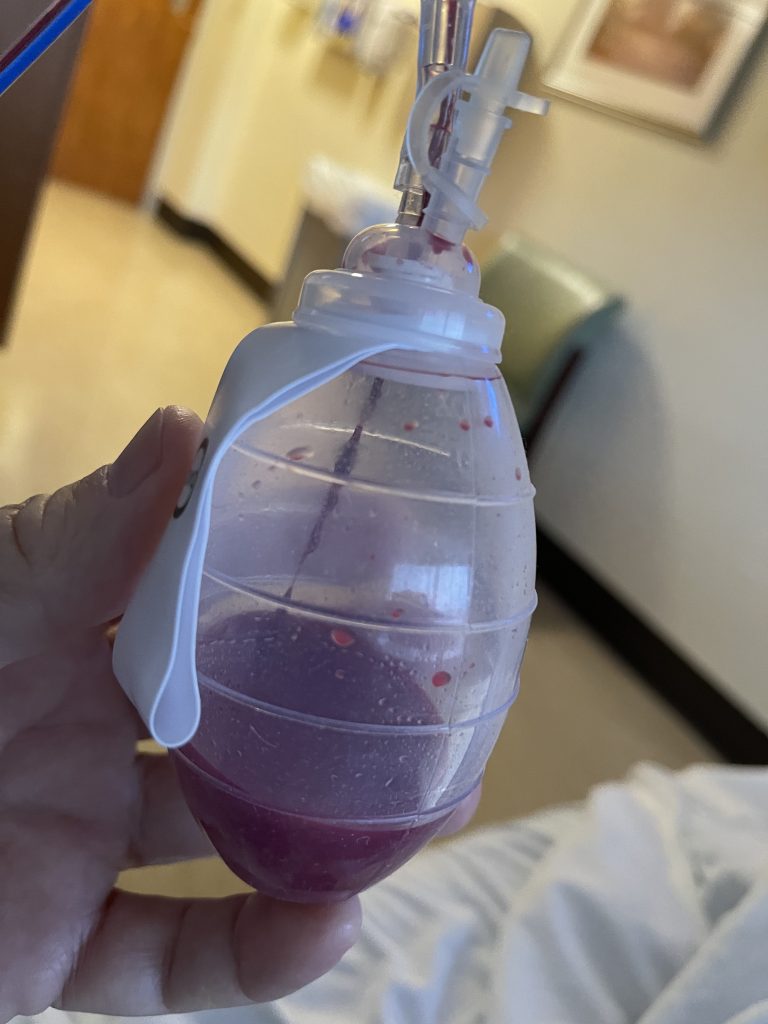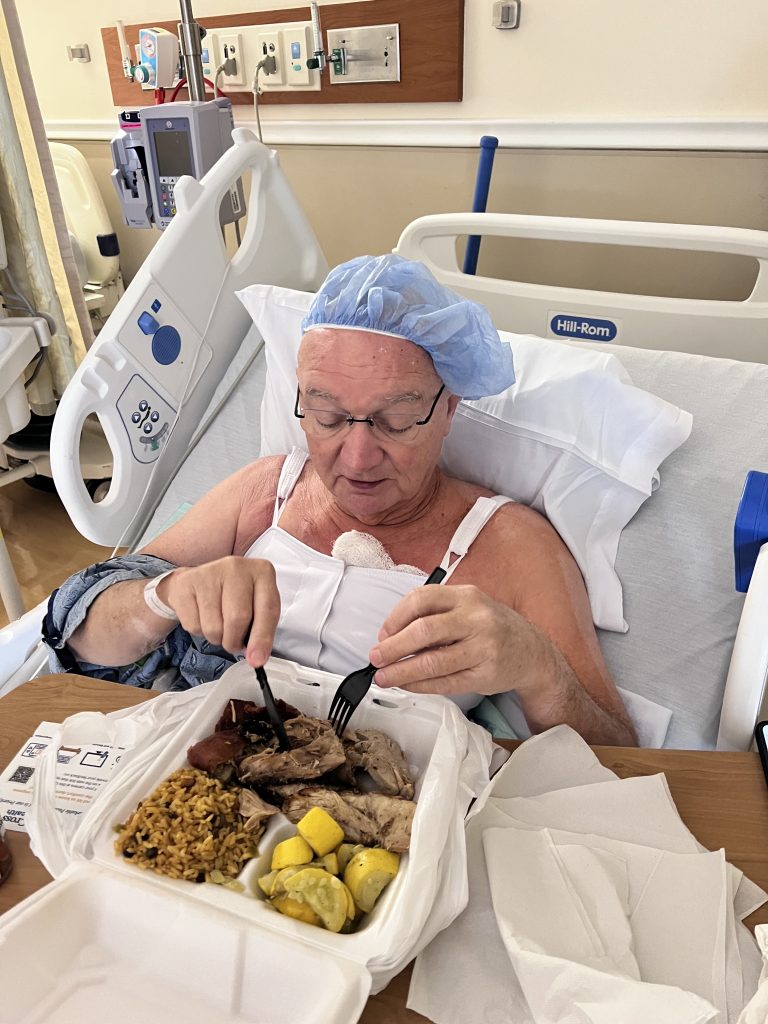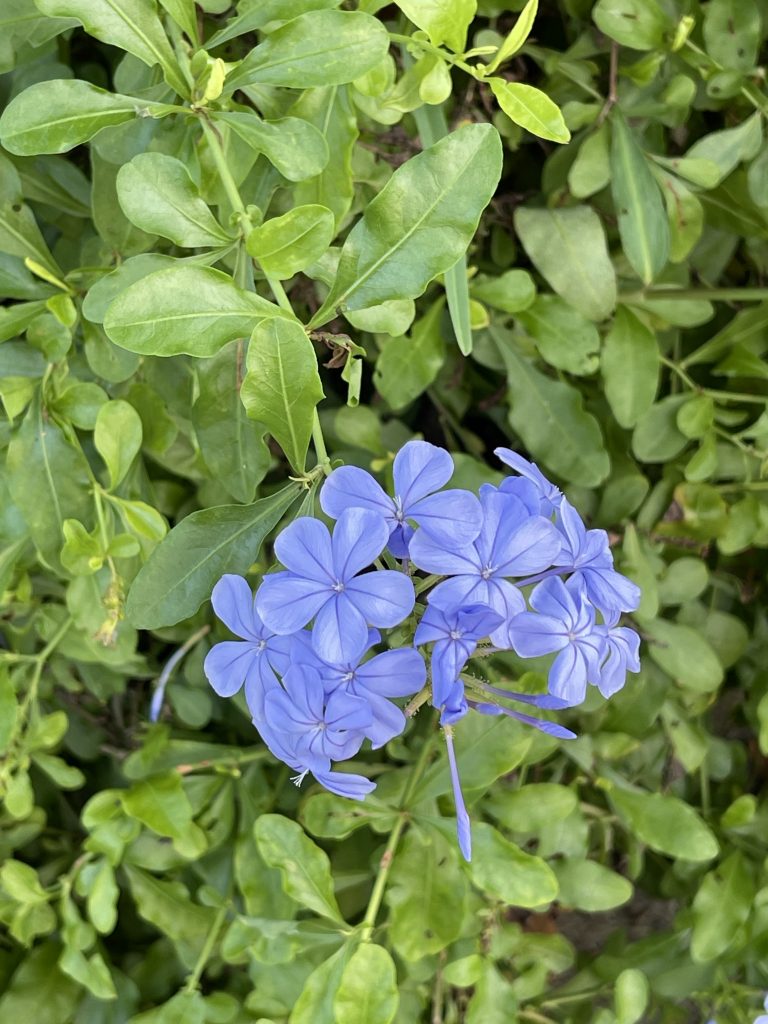21 July 2023
As the Pointer Sisters exclaimed, I’m so excited!
I got to shower today!
First off, I actually did my morning walk, albeit the shorter one I normally do along Riverland Road. It was only 83°F when I started out with 86% humidity. The good thing about Riverland is the shade along the sidewalks. The full walk is around 1.9 miles but I cut it short and it was around 1.5.
When I returned home, I began the task of raking leaves. That mango tree is insatiable in leaf shed. After raking, I swept that area and then begin to work on cleaning the pool filter.
This was a challenge for me. I have to lift the filter out of the canister. The wet pool filter cartridge can weight a good deal over the five pound limit I’m restricted to for my left arm. I was able to pull it out with my right arm. Then came the moment of truth after cleaning it with a water hose – picking it back up and placing it back within the canister. I have to use both hands to do that because there is a steel rod that runs through the center of the filter when you put it back in place and an aerator that sprays water along the top of the filter. The rod part is easy but the aerator is a plastic tube that doesn’t want to cooperate. In any case, I made it and managed to get it operational again.
Next up was to check the chemicals in the pool then wash down the patio deck and get the iguana poop off the pool deck. After that was accomplished, I then sprayed weeds in both the front and the back.
When I got back inside to the A/C, I checked my weather app and it said the feels like temp was 103°F. No argument from me on that report. I do admit to feeling light headed (more than usual) during the raking and spraying parts. I’ve noticed that occurs a lot when I have to bend over or when I look upward. Not sure that’s due to the surgery or my blood pressure medicine.
Anyway, after spraying of herbicide, I always take a shower. I peeled off the temporary bandage over the incision and jumped in the shower. I managed to only slightly dampen the bandage with the plastic covering over the drain insert. That’s the first shower in eight days. I don’t seem to be as black and blue as before but the bandage over the drain insertion is pretty bloody.
___________
Yesterday I told you about pink purslane and how Dr. Pullen studied the family for his PhD. As I walked Riverland, I looked down and saw Portulaca oleracea, or common purslane.
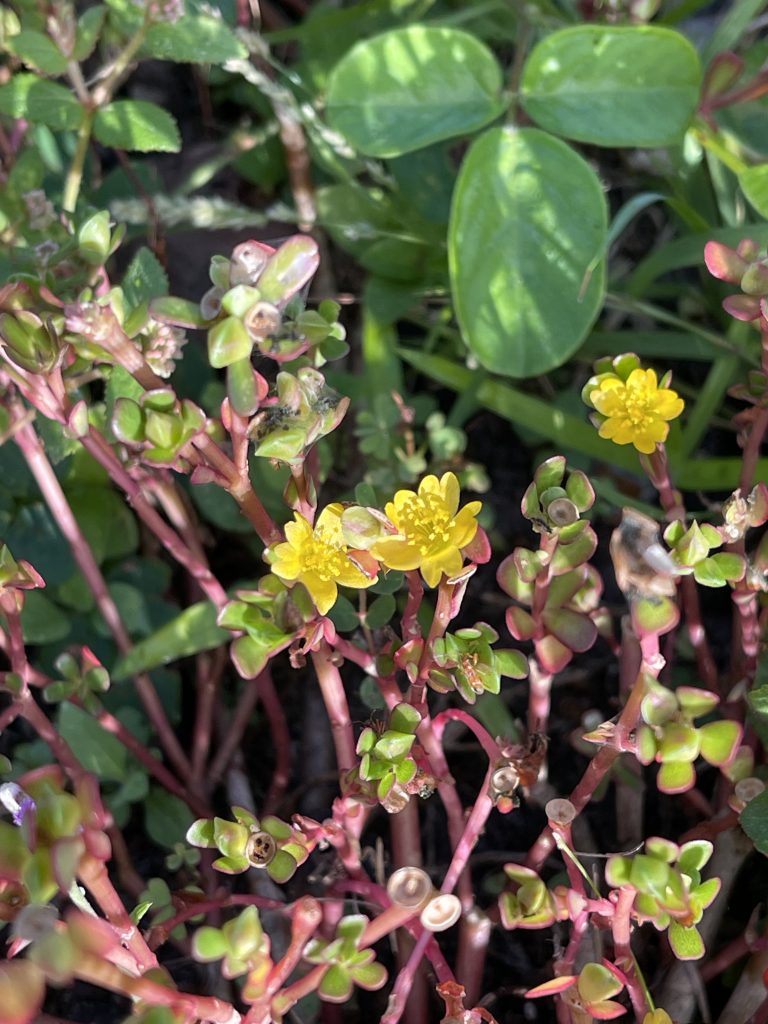
As you can see, it has the fleshy stems and leaves but with yellow flowers. One thing I forgot to mention about purslane yesterday is the fruit is a capsule that splits along its circumference and the top pops off exposing the seeds within the capsule. That type of opening is termed circumscissle and is rather unusual. If you look carefully at the bottom of the photo, among the pink stems, you can see little round white “bowls” attached to the stems. One even still has seeds in it and looks a little like a face staring back at you.
The way the seeds are dispersed is by raindrops hitting the remaining bowl of the capsule and splashing the seeds out. Personally, I think the pink purslane is a little more attractive. Every time I see the common purslane, it always looks a little ragged – like it has had a bad week.
After lunch, I climbed into bed and read about an hour on my iPad and then napped. I must have conked out from all the effort this morning because I slept for an hour. I waked just in time for our afternoon thunderstorm. Hopefully, I’ll have no lightning strikes close to the house.
I checked online yesterday about survivability of palms with lightning strikes. They don’t. Some trees managed OK but the web informs me that the most the palm will probably survive is a few months. Again, I’ll miss the shade it provides. It probably won’t be the last palm I lose to lightning. Florida is the lightning capital of the U.S.
Stay tuned!

